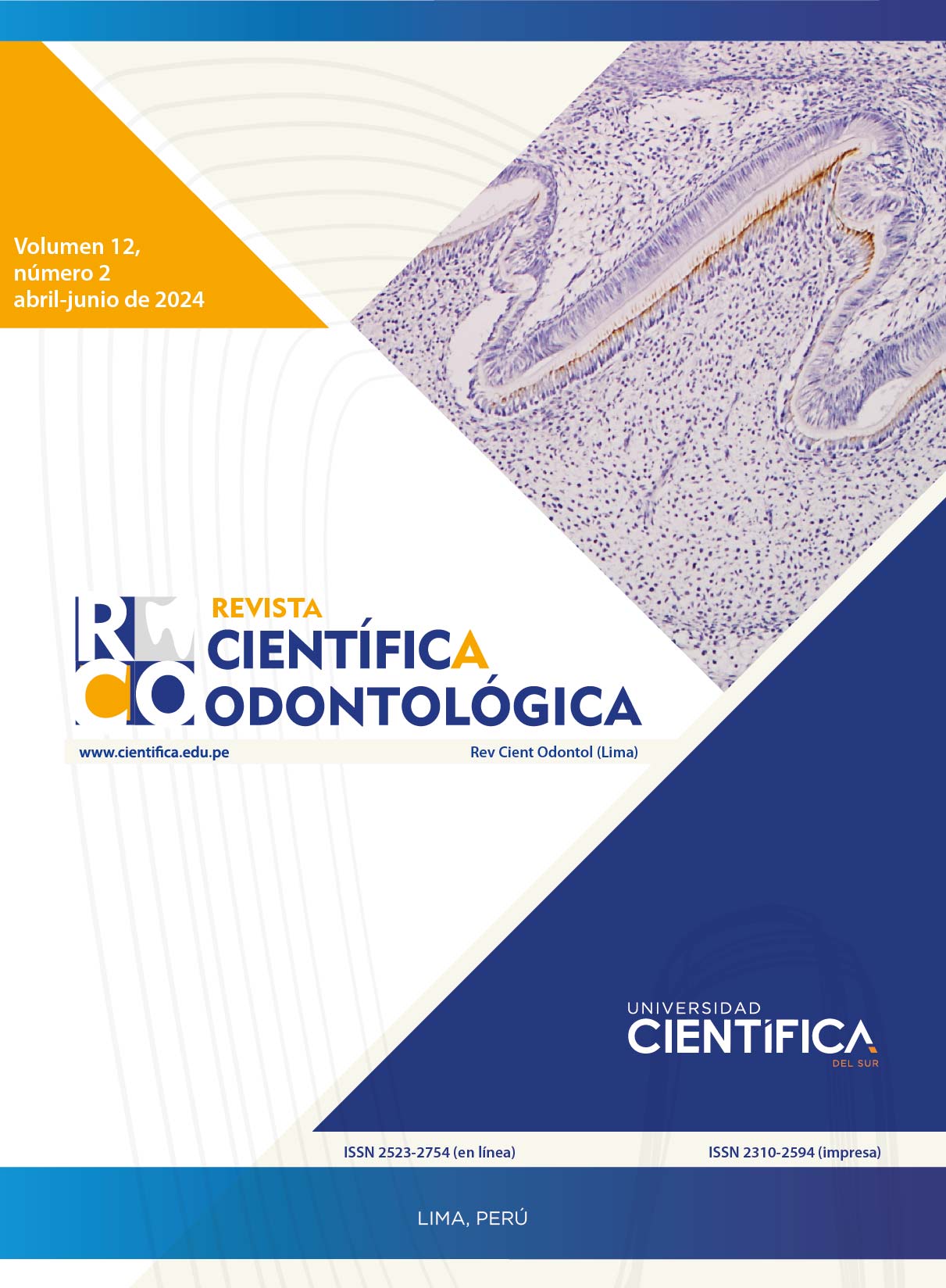Fracture patterns in cleft orthognathic surgery. A cross-sectional study
DOI:
https://doi.org/10.21142/2523-2754-1202-2024-194Keywords:
orthognathic surgery, bilateral sagittal osteotomy of the mandibular ramus, cleft lip and palate, orofacial cleftsAbstract
Objective: This study aims to identify fracture patterns on the lingual aspect of the mandible following Bilateral Sagittal Osteotomy of the Mandibular Ramus and correlate these patterns with mandibular anatomical characteristics in patients with cleft lip and palate. Methods: Two hundred cone beam CT scans were analyzed, with 100 scans in the preoperative period to assess mandibular anatomy and 100 in the postoperative period to evaluate the course of fractures on the lingual surface after surgery. Results: Statistical analysis revealed no correlation between the depth of the mandibular fossa and the type of fracture after bilateral sagittal osteotomy. Similarly, there was no association between the height and angle of the mandibular body and the type of fracture. The most common fracture type observed was the type 3 pattern, characterized by a line running through the mandibular canal. Furthermore, no relationship was identified between the studied anatomical aspects and the occurrence of undesired fractures. Conclusions: The anatomical data presented in this study can assist surgeons in selecting the safest surgical techniques and optimal osteotomy sites, particularly in patients with cleft lip and palate.
Downloads
Downloads
Published
Issue
Section
License
Copyright (c) 2024 Ércio Júnior Montenegro de Andrade, Isabela Toledo Teixeira da Silveira, Bhárbara Marinho Barcellos, Luciano Reis de Araújo Carvalho2 de Araújo Carvalho, Renato Yassutaka Faria Yaedú

This work is licensed under a Creative Commons Attribution 4.0 International License.

Este obra está bajo una licencia de Creative Commons Reconocimiento 4.0 Internacional.












